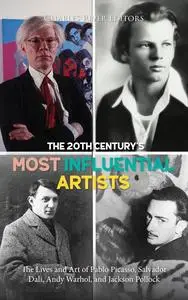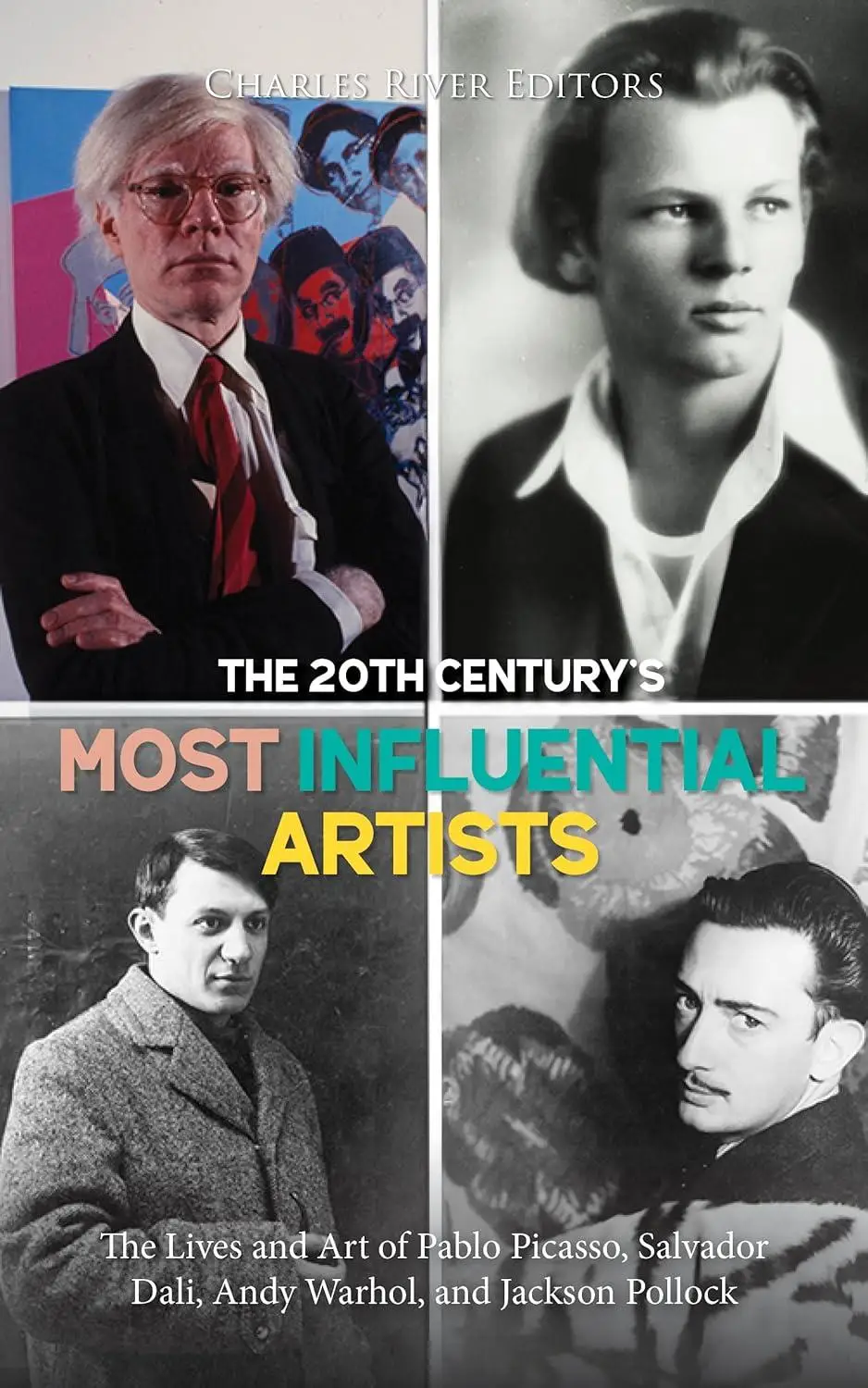The 20th Century’s Most Influential Artists: The Lives and Art of Pablo Picasso, Salvador Dali, Andy Warhol, and Jackson Pollock by Charles River Editors
English | December 19, 2023 | ISBN: N/A | ASIN: B0CQQ5VJ4N | 234 pages | EPUB | 37 Mb
English | December 19, 2023 | ISBN: N/A | ASIN: B0CQQ5VJ4N | 234 pages | EPUB | 37 Mb
Picasso is one of the world’s most famous artists, which adds to the challenge of examining his career, but it’s necessary to examine his entire career because of the way art was intertwined with his life. Even from an early age, it was clear that he subordinated any external concerns relating to his life in the interest of making art, which may have been the cause of the spirit of melancholy that can be found in his artwork. At the same time, the somber tone of some of his work can be directly contrasted against his playful formal experimentation.
In his review of Salvador Dali’s first autobiography, George Orwell declared that “One ought to be able to hold in one’s head simultaneously the two facts that Dali is a good draughtsman and a disgusting human being.” Whether or not one agrees with the famous author’s assessment, Orwell captures the polarizing nature of Salvador Dali, and the extent to which his undeniable technical virtuosity often brushed against his penchant for provoking his audiences (not to mention provoking long-entrenched standards of “proper” taste). Dali, after all, was unafraid to eschew Renaissance perspective, thereby incorporating often graphic subject matter. In other words, if Dali stands as one of the canonical figures of modern art, this involved holding both a seminal role in the canon of cutting-edge art but also a tendency to challenge audiences, challenging the contours of “Art with a Capital A.”
In August of 1949, Life magazine famously began a lengthy article on Jackson Pollock with the headline “Is he the greatest living painter in the United States?” By that time, Pollock was already well-established in the American art world, the beneficiary of laudatory critical assessments, commercial success, and the support of the influential Peggy Guggenheim (who had helped launch his career with a major show six years earlier). However, to the relatively uninitiated readership of a middlebrow publication like Life, the article sent shockwaves, as many wondered how Jackson Pollock, whose paintings seemed abstract and sloppy to the point of resonating like the work of a young child, could possibly command any major standing within the horizon of avant-garde and modernist art. These same people no doubt wondered how his artwork could reasonably lay claim to being masterpieces with no apparent subject matter. On a psychological level, it’s even possible if readers wondered how a man who looked as macho and indeed, boorish, as Jackson Pollock could really be the greatest painter America had to offer. More than 50 years later, these questions may seem a bit quaint, but they continue to reverberate for anyone accustomed to the standard that fine art be anchored in representation rather than abstraction.
Few artists of the 20th century were as enigmatic as Andy Warhol, who once remarked, “If you want to know all about Andy Warhol, just look at the surface of my paintings and films and me, there I am. There’s nothing behind it.” This statement is hardly out of character for the famous artist, who remains famous for his cagey answers to interviews and his refusal to speak from the heart. It is no accident that Warhol wore a wig; paradoxically enough, he required the company of others but refused to allow himself to become emotionally intimate with anyone. If anything, Warhol’s public persona seemed to be structured around an apparent lack of personality, and yet he later noted, “At the times in my life when I was feeling the most gregarious and looking for bosom friendships, I couldn't find any takers so that exactly when I was alone was when I felt the most like not being alone. The moment I decided I'd rather be alone and not have anyone telling me their problems, everybody I'd never even seen before in my life started running after me to tell me things I'd just decided I didn't think it was a good idea to hear about."



